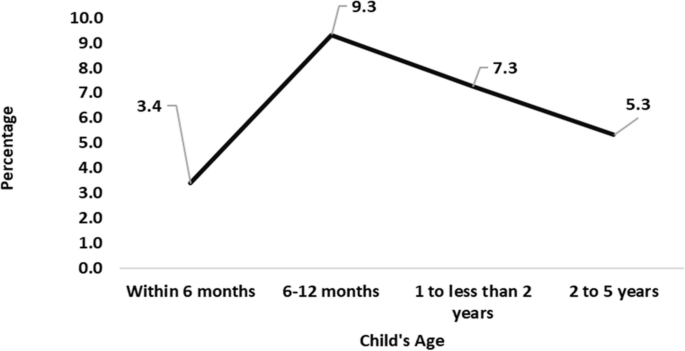Research findings on health-related children's outcomes in Northeast Indian states, particularly focusing on diarrhea rates (ARI), fever, and overall child health. Here are some key takeaways:

Research findings on health-related children's outcomes in Northeast Indian states, particularly focusing on diarrhea rates (ARI), fever, and overall child health. Here are some key takeaways:
ARI:
- Meghalaya has the highest rate of ARI among under-5 children.
- Children from SC caste groups have a higher chance of getting ARI than those from Other caste groups.
- Richer wealth categories have a lower chance of getting ARI compared to poorest wealth categories.
- Children born out of caesarean delivery have a higher chance of getting ARI.
Fever:
- Meghalaya, Tripura, and Assam have higher fever rates among under-5 children compared to Sikkim.
- Boys are more likely to develop fever than girls.
- Fever is common in children aged 6-12 months, with 99% higher risk compared to those <6 months old.
Child Health:
- Children from poorer households and rural areas have lower health outcomes compared to richer households and urban dwellers.
- Education (secondary education) and vaccination (Rota virus, BCG, DPT) are associated with better child health outcomes in some cases.
Overall, the research highlights the need for targeted intervention and improved healthcare infrastructure to address regional disparities in childhood health and mortality rates.
